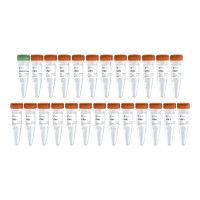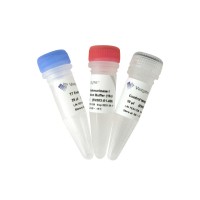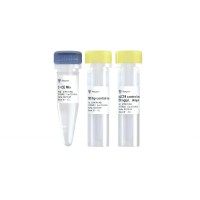Tools for Crispr/cas9 genome editing
CRISPR-Cas9 is a powerful genome editing tool that has gained significant attention in recent years. It allows scientists to make precise modifications to the DNA of living organisms, including plants, animals, and even humans.
Successful CRISPR/Cas9 genome editing requires careful experimental design and the use of appropriate tools. Here are some key components and considerations for successful CRISPR/Cas9 genome editing:
Guide RNA (gRNA) design: The gRNA is a crucial component that guides the Cas9 enzyme to the target DNA sequence. Effective gRNA design is essential for specific and efficient targeting. Several online tools are available to design gRNAs, such as CRISPR design tools from various sources like Gentaur Gentaur.com, Vazyme vazymebiotech.com.
Cas9 enzyme: There are different variants of the Cas9 enzyme available, such as wild-type Cas9 and optimized versions like SpCas9, eSpCas9, or high-fidelity Cas9 variants. The choice of Cas9 variant depends on factors like efficiency, specificity, and the specific experimental requirements. Cas9 enzymes can be obtained from commercial sources or generated through recombinant DNA technology.
Delivery methods: CRISPR/Cas9 components, including the gRNA and Cas9 protein or mRNA, need to be delivered into the target cells or organisms. Common delivery methods include plasmid transfection, viral vectors (such as lentivirus or adeno-associated virus), electroporation, microinjection, or ribonucleoprotein (RNP) complexes formed by pre-assembling Cas9 protein and gRNA in vitro. The choice of delivery method depends on the cell type, organism, and experimental requirements.
Off-target analysis: One of the challenges with CRISPR/Cas9 editing is the potential for off-target effects, where the Cas9 enzyme may cleave unintended DNA sequences. It is crucial to assess and minimize off-target effects. Various computational tools and algorithms can predict potential off-target sites, and experimental validation using methods like high-throughput sequencing or mismatch-sensitive nucleases (e.g., T7 endonuclease I or Surveyor assays) can be performed to identify and quantify off-target effects.
Optimization of editing efficiency: To improve the efficiency of CRISPR/Cas9 editing, various factors can be optimized, including the concentration and ratio of gRNA and Cas9, the use of different delivery methods, the timing of delivery, and the specific experimental conditions. It is important to perform pilot experiments and optimize these parameters for each specific application.
Validation and analysis: After performing CRISPR/Cas9 editing, it is crucial to validate and analyze the edited cells or organisms. This typically involves genotyping to confirm the desired genetic modifications, such as insertions, deletions, or specific point mutations. Techniques like PCR, DNA sequencing, Sanger sequencing, or next-generation sequencing can be employed for validation and analysis.





